Xenns Mangird Tea PRO HiFi IEMs Review – At The Edge Of Light
Xenns Mangird Tea PRO is a $359 USD pair of IEMS with a precision tuning, 2 Dynamid Drivers and 6 Balanced armatures singing inside of each IEM. Today we will review the Tea PRO and also compare it with other IEMs, including Questyle NHB12 (399 USD), 7Hz Aurora (399 USD), and Campfire Cascara (499 USD).

Introduction
Xenns is a company that initially went by the name of Mangird and they have been one of the more popular IEM producers back in the day when I started reviewing. The original IEMS were named Mangird without the Xenns part, but today Xenns has multiple series besides the Mangird and are sold and fulfilled through the most popular channels including Linsoul, and Amazon through the official Linsoul store there. As an Amazon Influencer, I earn from qualifying purchases, and using the purchase links in my reviews helps me maintain this website and Youtube Channel. Huge thanks to Linsoul for providing us with the sample for this review.
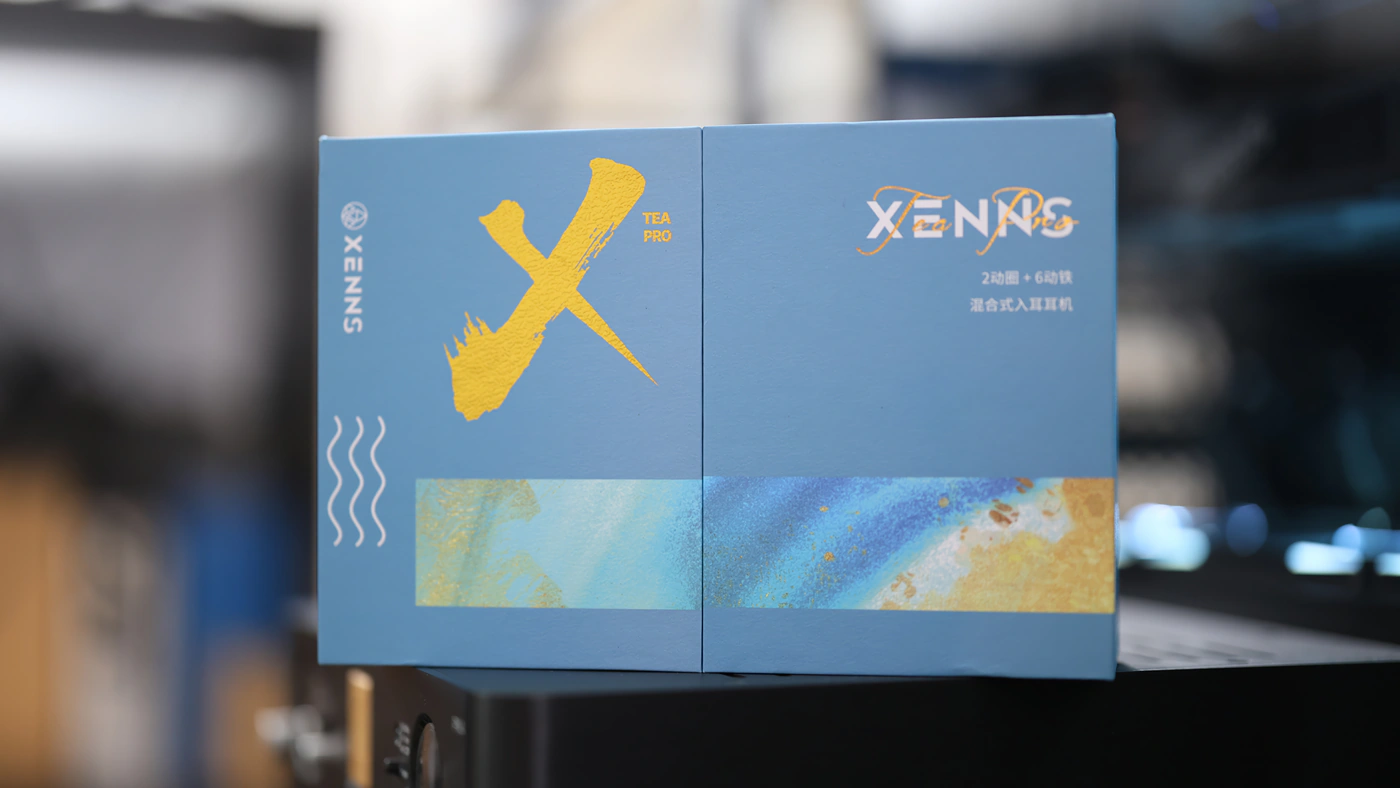
PROs – Versatile sound, with a universally likable tuning, natural midrange, but completed by a full and extended bass and a well-extended but smooth and rich treble. Construction quality is on a level of its own, with superb faceplates, excellent cable that is modular, and beautiful transport case. Imaging and instrument separation, resolution and definition are top notch for the price range.
Cons – Medium soundstage that is intimate at times brings all music really close to the listener.
Product Link
Amazon – https://amzn.to/4gyomwn
Linsoul – https://www.linsoul.com/products/xenns-mangird-tea-pro?
Build Quality/Aesthetics/Fit/Comfort
Xenns Mangird Tea PRO looks exceptional and for a newly released IEM, the company went as much for ergonomics as they did for comfort, with the Mangird Tea PRO having a Dual Dynamic driver system at the heart, with 8mm diaphragms, a tighter membrane and increased surface tension compared to the Mangird Tea 2.
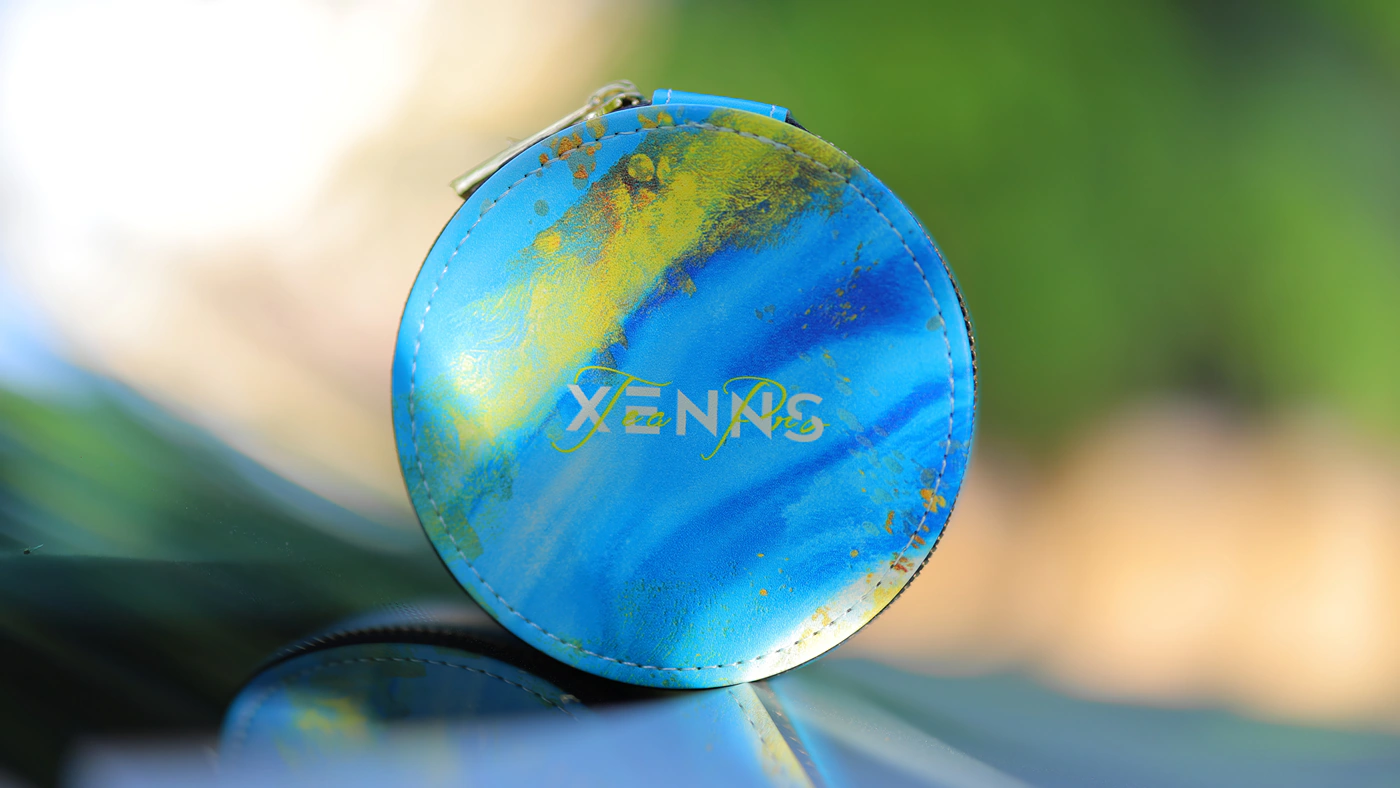
The Balanced armature driver list includes a complex set of two genuine Knowles RAD 33518, two RAF 32873 and a single RDB 34834 composite driver. The handcrafted case and IEMs surely look beautiful, and the shells are made with medical-grade UV resin, the drivers are wired by hand, and the whole unit is assembled by hand. Xenns ensures their customers that they have a high quality stereo matching in place.
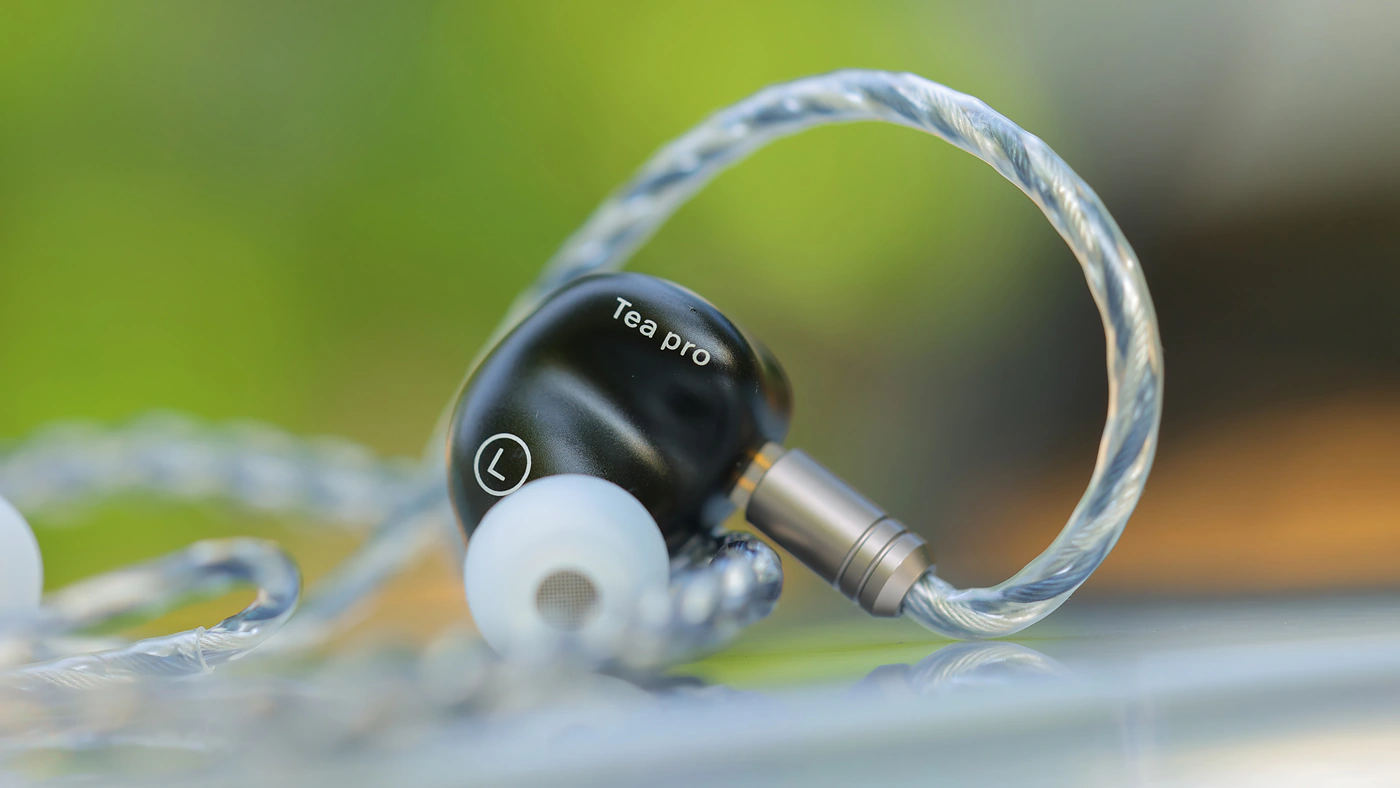
To complement the already strong build Xenns includes a Custom cable, which is handmade, and features a 0.78mm 2-Pin connector, and a jack connector that is modular, including 4.4mm and 3.5mm jacks. Although the Mangird Tea PRO is widely available now, there is a 2-4 weeks queue time for each order, as they are indeed handmade. At the technical level, we have just 13 OHMs of impedance, coupled with a somewhat low SPL of 104 dB, and the cable has a length of 1.2 meters.
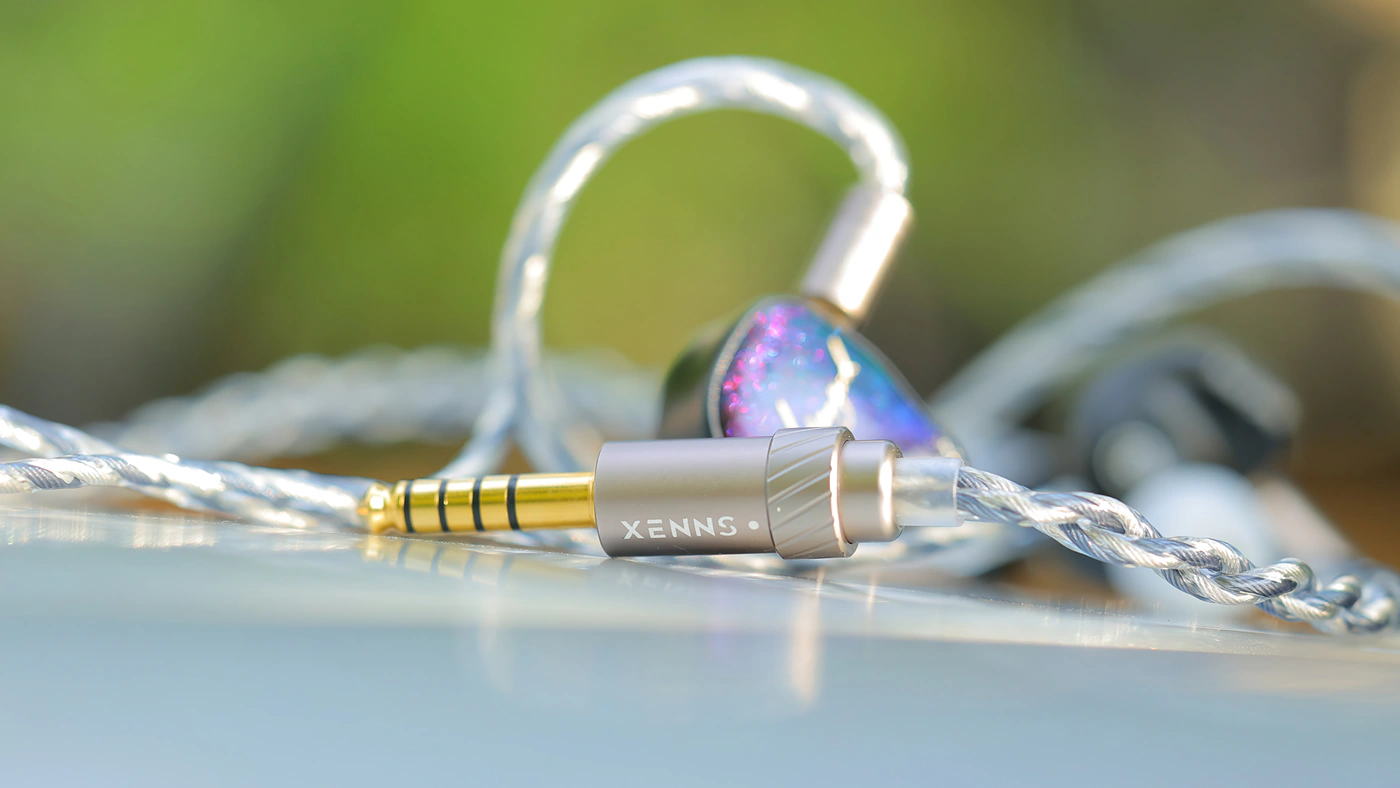
The nozzle diameter is 5.8mm, and the THD reaches values of 0.6% for a 1kHz signal, which on paper may seem a bit on the high side, but we will see in the actual sound review if it is an issue. On a subjective level, the cable is on the tight and inflexible end of things, but it is made really well, sturdy and is beautiful in person. The jack connectors are of an excellent quality, while the IEM shells have departed far from the standard Resin we’ve seen from Xenns, now the IEM bodies being made of Aluminum, with just the outer part being made of Resin and extra colorful in design.

On a subjective level, Xenns Mangird Tea PRO is comfortable, the IEM shells feel a bit cold in my ears, but only to be actually a bit more comfortable than Resin typically is indoors, the IEMs are slightly heavy, but not exaggeratedly so, and the cable offers strong support for that weight. The cable has a soft, rubbery coiling around the ear, which is pleasing, and the coil is tight, canceling most microphonic noise. There is no driver flex and no void, as the drivers have plenty of ventilation, but Xenns Mangird Tea PRO offers over 25 dB of passive noise isolation, up to custom monitor levels of passive noise isolation, effectively canceling all noise in my room with music playing at whisper levels.
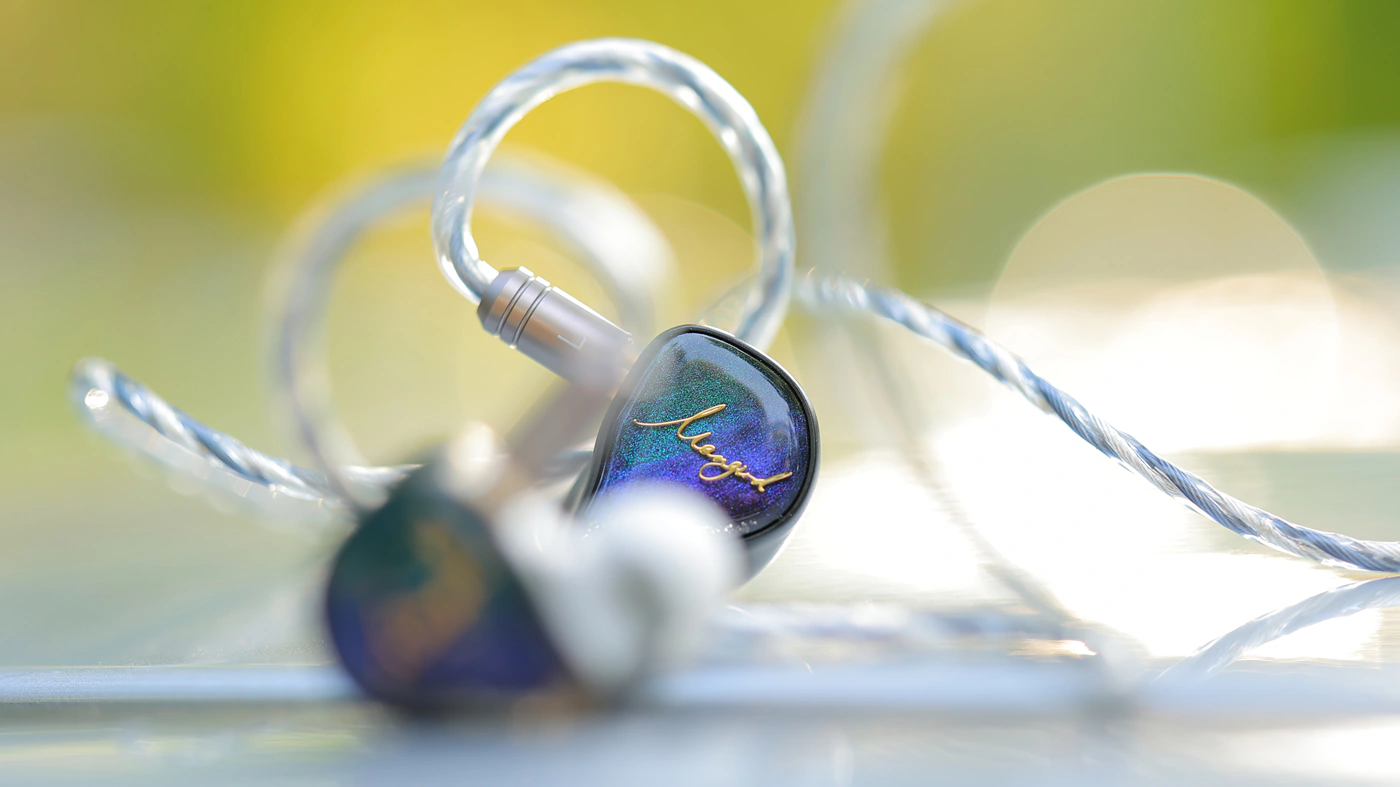
Now, something that only the most courageous and upfront daring IEMs do is change their colour, and we’ve seen the likes of FIR Audio e12 Electron with multiple faceplates, but Tea PRO actually changes color heavily from a deep blue-green color all the way to a deep purple, to a bright crimson, depending on how light falls onto it, being visually one of the most stunning IEMs I’ve seen, at least for me as a photographer.
Sound Quality
Pairings – Judging from the technical specifications, Tea Pro behaves exactly as you would expect, being rather easy to drive, and slightly sensitive to background noise, although even with tube AMPs, the background noise level is low and they sound controlled, detailed with most sources. There is not a lot of scaling with the source, so there’s no need to insist on using just the priciest DAPs, you will do just fine with the most affordable DAC/AMPs. The list of sources I have paired the Xenns Mangird Tea PRO with includes iBasso DC07PRO, Creative Sound Blaster AE-9, iBasso DX180, iFi Hip-Dac 3, KAEI Tap-1 DACs, iBasso D16 and Shanling H2. The best sound can be had with the most colorful sounding and most detailed sources, like iBasso D16, but the differences between sources is not very large.
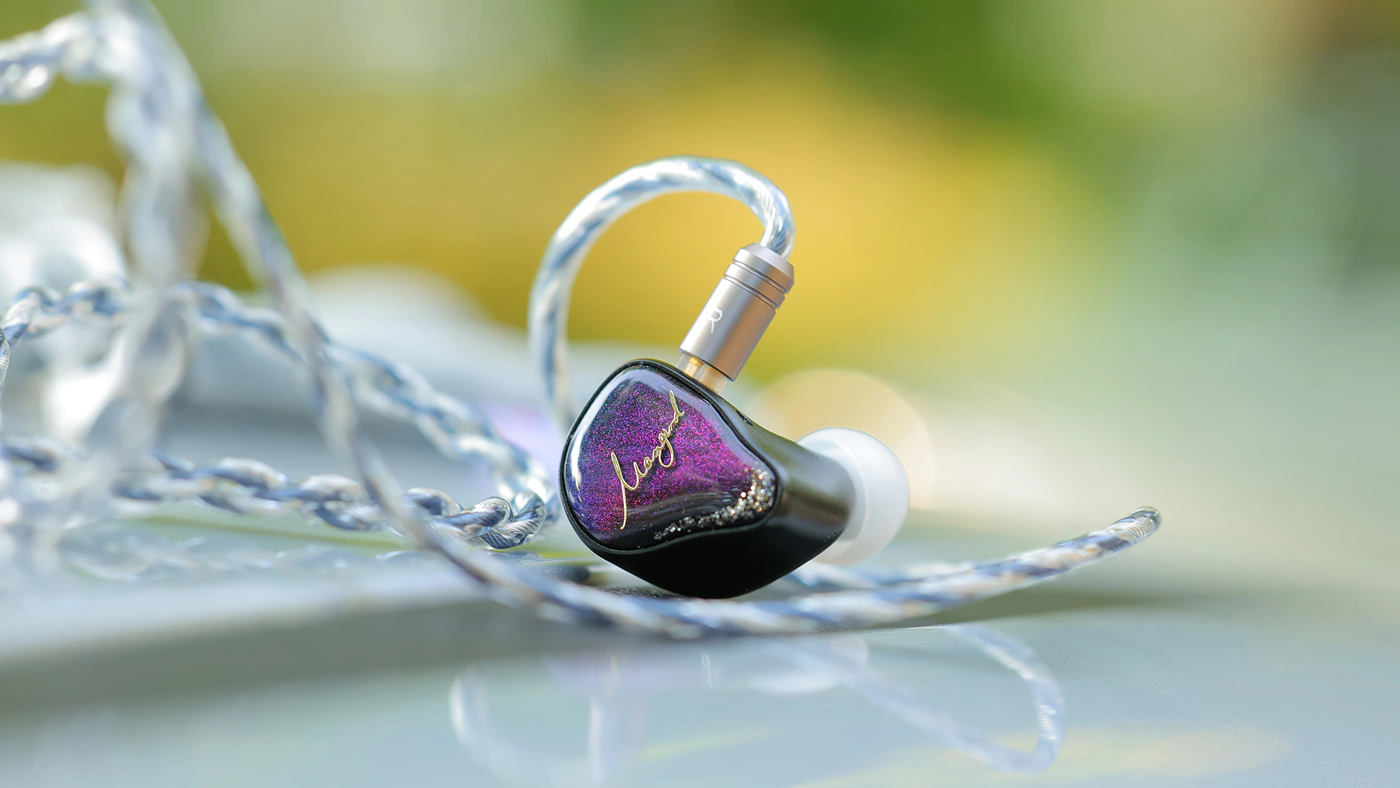
Overall Signature – Xenns Mangird Tea PRO departs from the rather mid centric sound of the Mangird Tea 2, the PRO version having a rather natural, full and lush sound that has just the right amount of everything. The sound is really well defined, with an exceptional resolution and definition, although the soundstage is on the intimate side of things. Bass extends down as low as 20 Hz, while the treble extends easily up to 16 kHz, but with a smooth and rich presentation that never shows fatigue or edge. Instruments sound lush and deep, full and have an evident body to them.

Bass – We can start our story with Tea PRO at 20 Hz, where they have the most energy, depth and impact, and bass starts as soon as 20 Hz, the actual kick and resonance being incredible. Bass speed is on the natural side of things, it shows reverberations and textures, but doesn’t exaggerate or sound dry like an all-balanced armature IEM, rather it is rich, lush and warm, as you’d expect from the dynamic driver. Mid bass is recessed quickly, so you should expect zero boominess, as the bass has most strength between 20 Hz and 80 Hz, with the area between 80 Hz and 150 Hz having a sharp recess compared to the sub-lows.
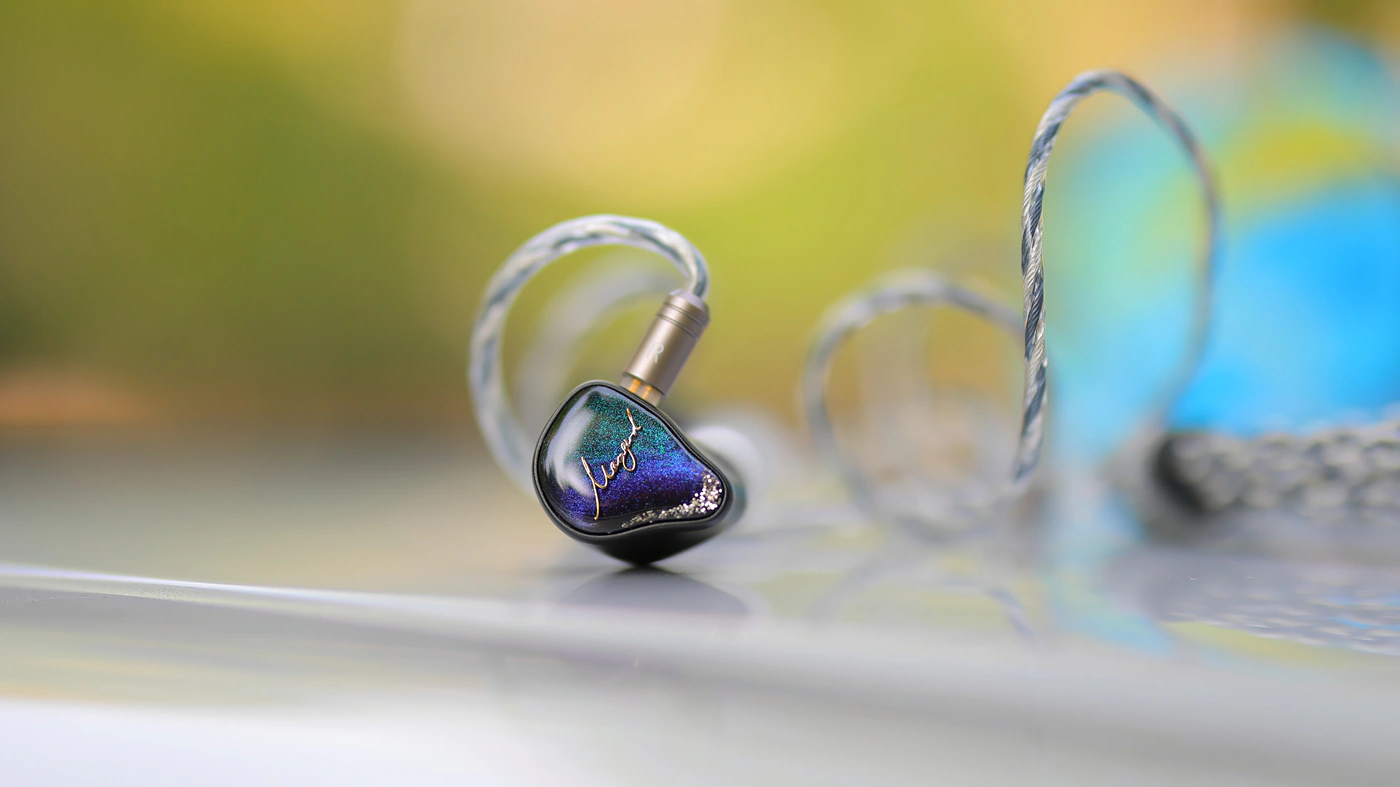
Midrange – Midrange is still king and queen with Tea PRO, and Xenns pour most of their effort to create a lush, rich and powerful midrange, while creating a natural timbre, thus creating a really deep and natural male voicing. Regardless of the music style, male voices sound authoritative, and powerful, showing off forwardness and presence, while female voices are slightly less emphasized. Even for female voices, deeper and fuller female voices are emphasized more, so Mori Calliope will sound more present and more powerful than Takanashi Kiara or HimeHina. This trend of emphasizing and strengthening the lower midrange gives music a dramatic, deep and serious sound that imposes both serenity and honesty in the tuning of the Tea Pro. It sounds expensive, full and refined.
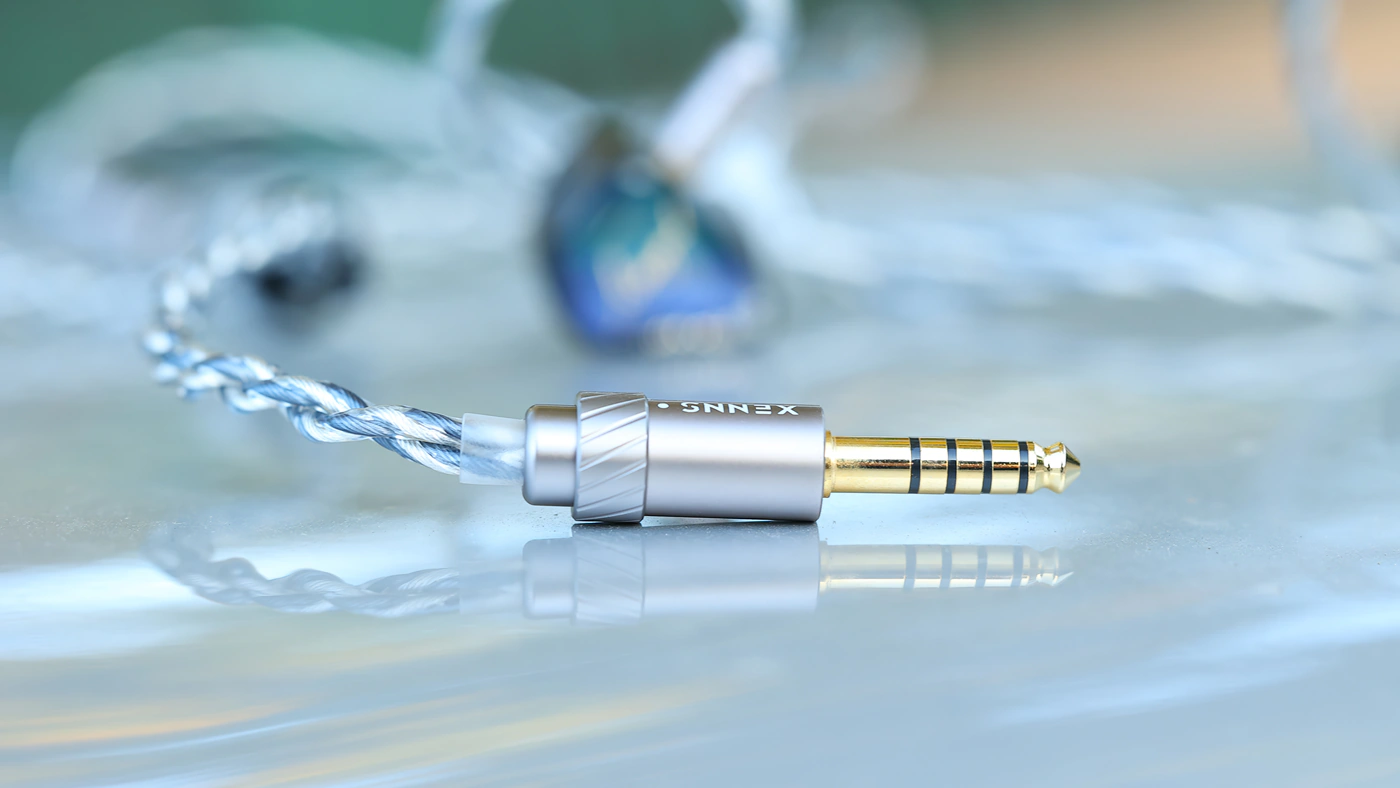
Treble – Treble is emphasized a bit, sharp and has strong definition, but texture is smooth, so while treble detail is good, you can expect a zero fatigue sound with none of the harder elements present in the upper end, but all the symbols, cymbals and sparkle audible. Audible is a good word, as regardless of the volume, you always get a rather smooth and refined treble, never fatiguing and never overbearing. There’s a really good sense of richness in the treble too, instruments sound full and refined, never shrill or hollow.
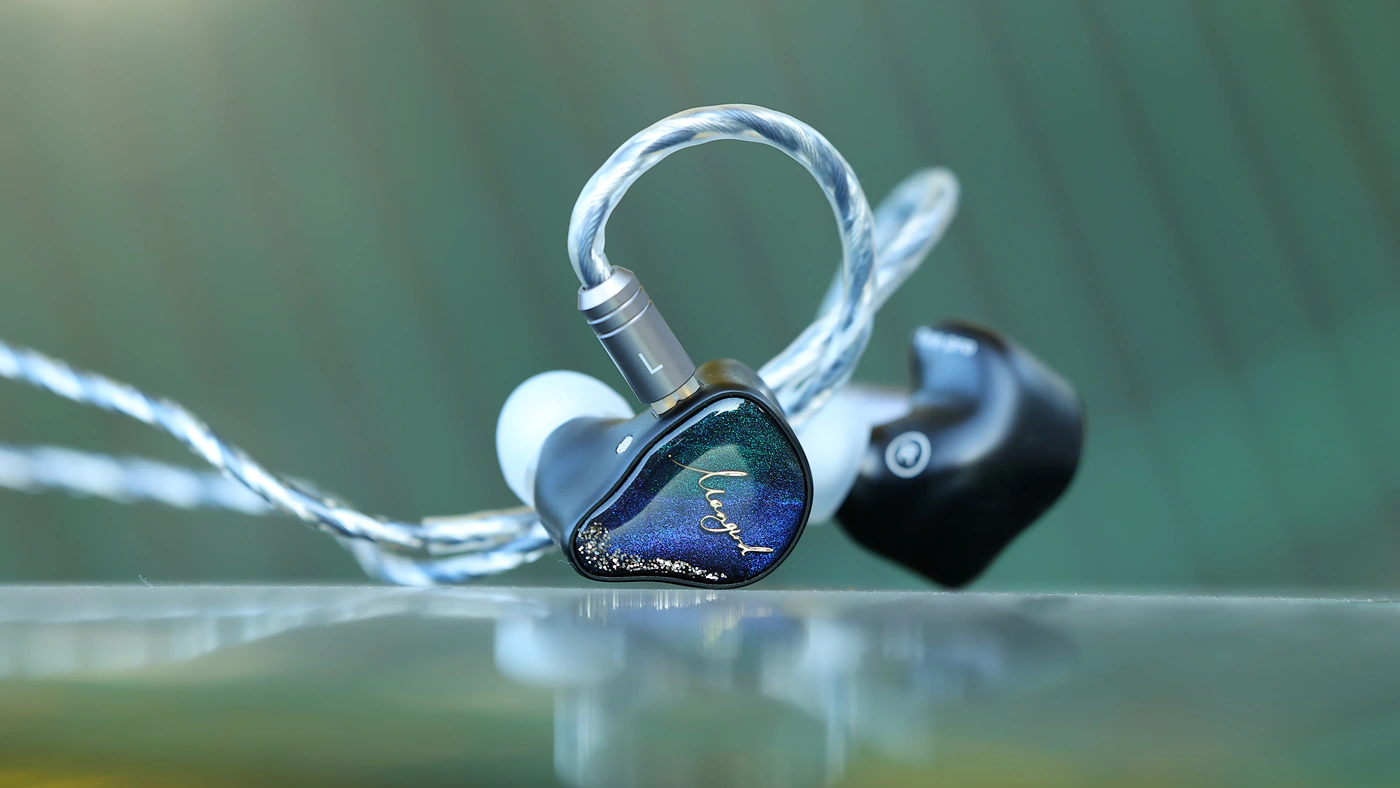
Dynamics / PRaT / Textures – The sound of the Tea Pro is fairly dynamic and has a good contrast between loud and quiet instruments, with a strong emphasis of resolution while keeping things natural. As I am hearing a natural impulse response across all sound ranges, I consider the sound to be balanced and natural. Glassy synthetic square waves have the right amount of edge and sharpness to sound realistic, but slow and relaxed music sounds laid back and smooth, Tea Pro almost has monitor qualities.
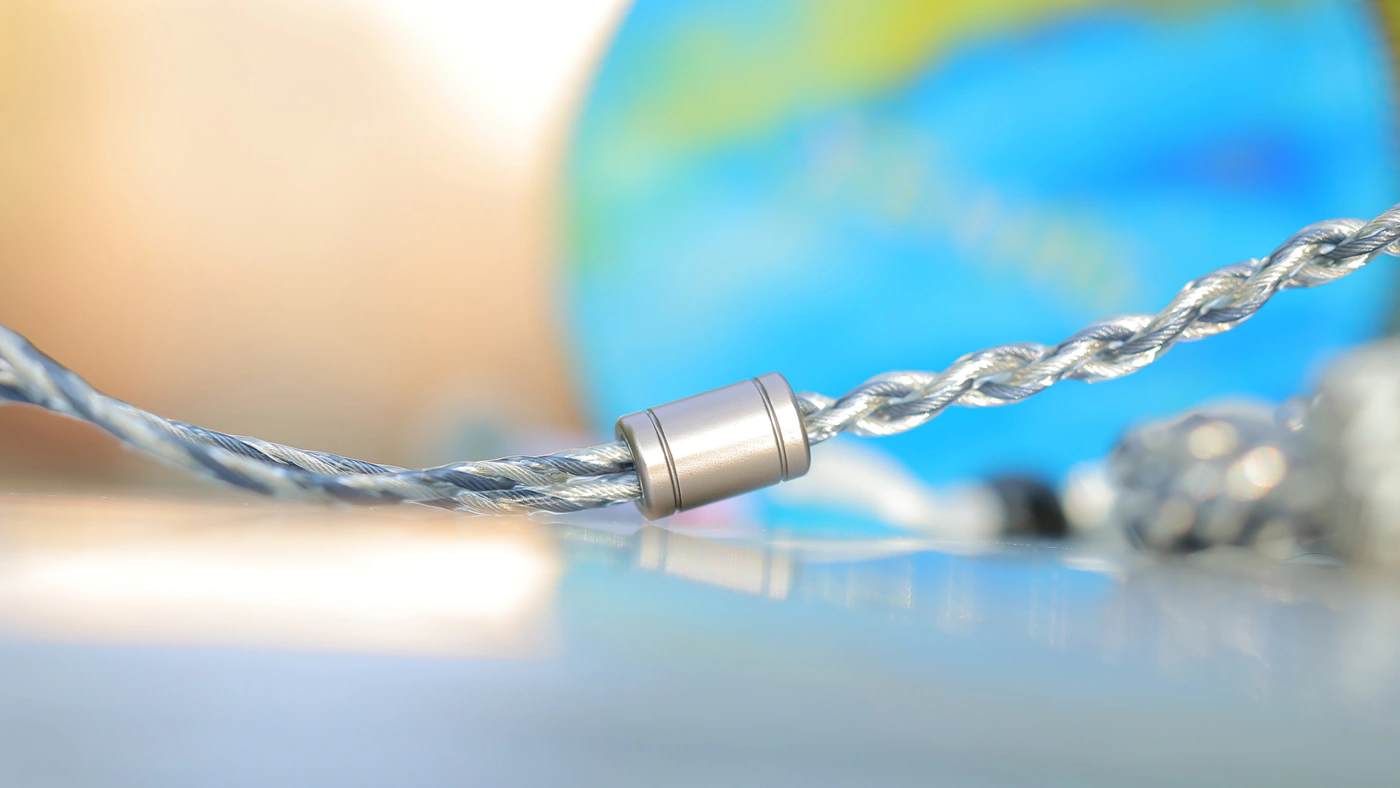
Volume Control – Volume control is excellent, and the sound of Tea PRO is the same across all volumes, same full, lush presentation at all volumes. There is a bit of extra warmth at higher volumes, but otherwise, the same tuning is always present. At higher volumes, the soundstage gets wider, but I enjoy the outstanding resolution and definition even at lower volumes.
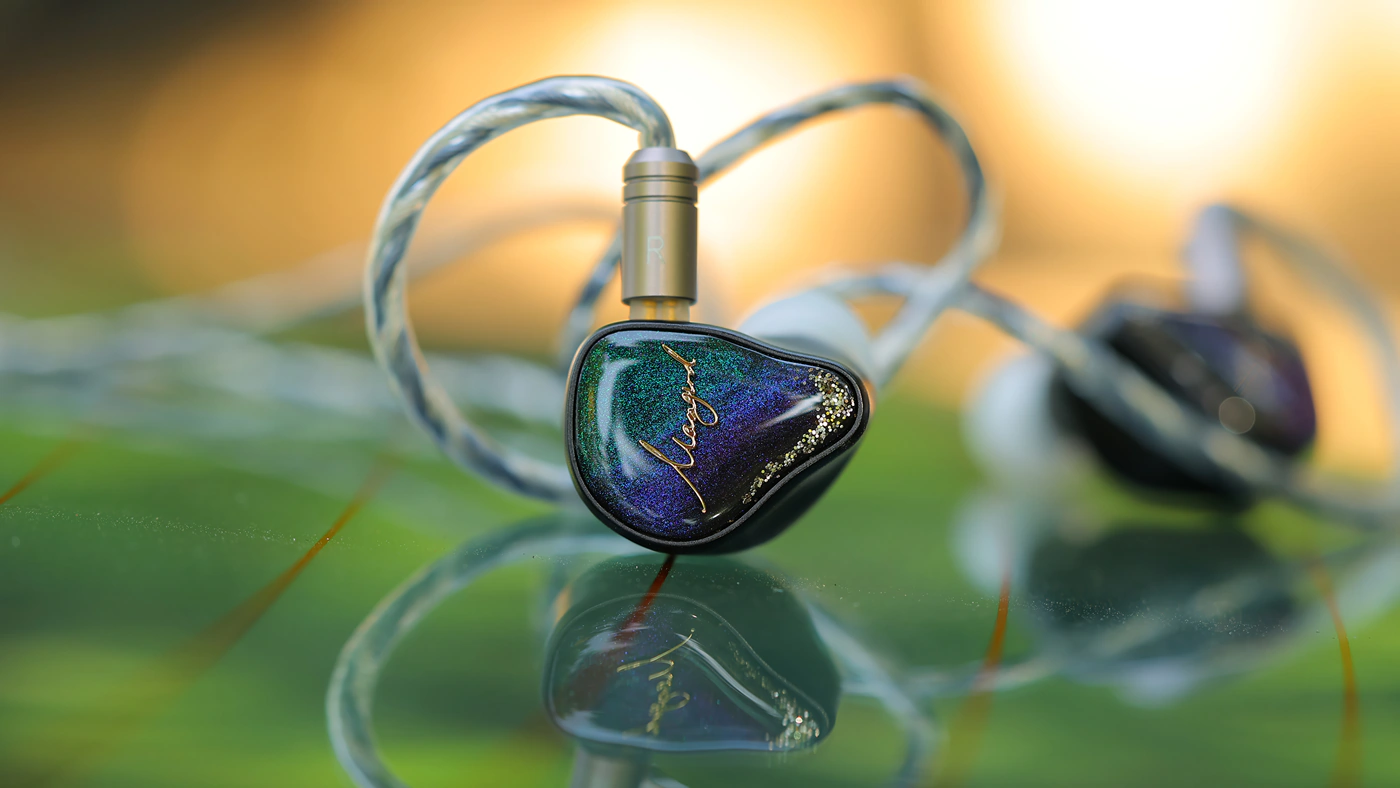
Soundstage – If you want space, Tea Pro will offer depth, the sound can get far away from you in distance, but it is never wide, rather Tea Pro has most of the effort focused on offering a strong imaging and group separation rather than absolute width and lateral projection.
Gaming
When trying to play games, I found the Mangird Tea Pro to be pretty much the best IEM in its price class, as it has great ergonomics, but strong passive noise isolation and unparalleled instrument separation and imaging. While it is not the most engaging, it allows you to hear absolutely everything in detail including inflections in voice and crisp details for dialogue-heavy theatrical games, but also all the notifications / warnings in a strategy game.
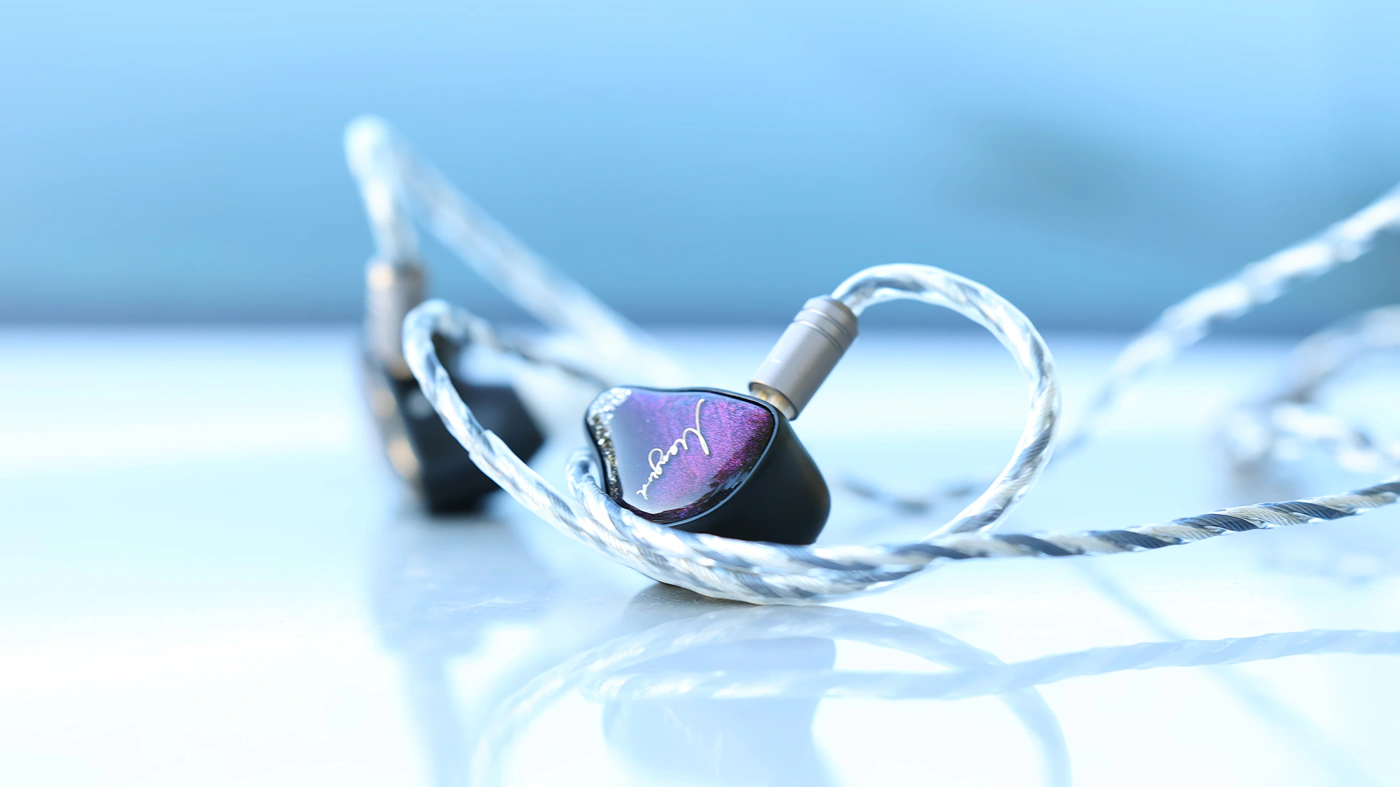
For shooters, the bass is enough, and it won’t scare you or make you jump out of your seat, and the well separated sound works wonders for atmospheric games, visual novels and light games.
Comparisons
Xenns Mangird Tea PRO vs Campfire Cascara (359 USD vs 499 USD)
Build – Cascara is the kind of IEM that descended from a custom, so it uses a deeper fitting, is more sensitive to source noise, and easier to drive than the Tea Pro. Both IEMs look really nice in person, but Tea Pro has more color, while Cascara offers a stronger passive noise isolation.
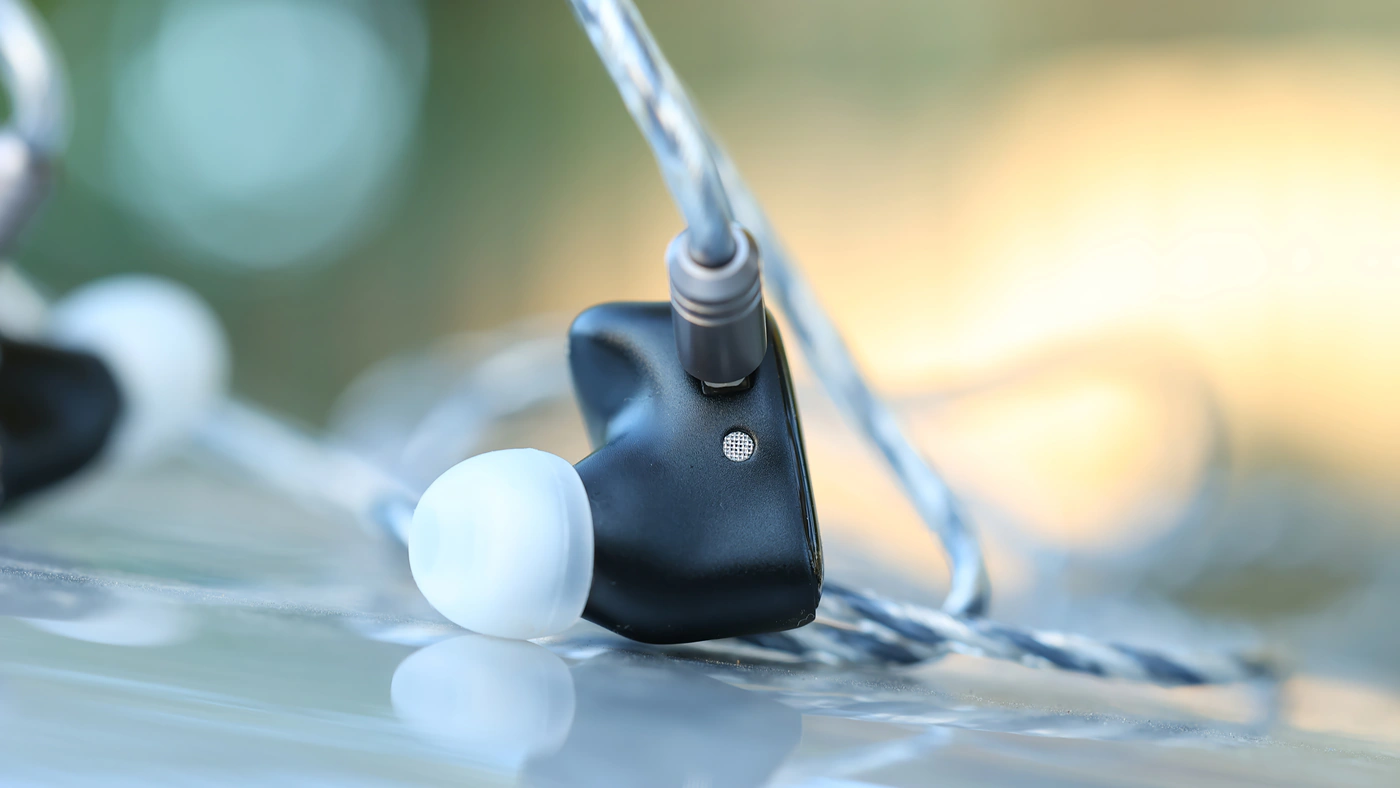
Sound – Cascara sounds bassier, fuller and deeper, with much more bass, but even less treble than Tea Pro. This creates a true sense of voracity and aggressiveness in the sound of Cascara, it packs more puch, but the tuning colors the midrange and the treble more, creating a wooly, somewhat too beefy sound for Cascara, and being a basshead’s delight, not necessarily a balanced listening experience. In stark contrast, Tea Pro sounds very balanced and smooth, clean and detailed, with a stronger instrument separation and better voicing, more treble energy and less bass quantity.
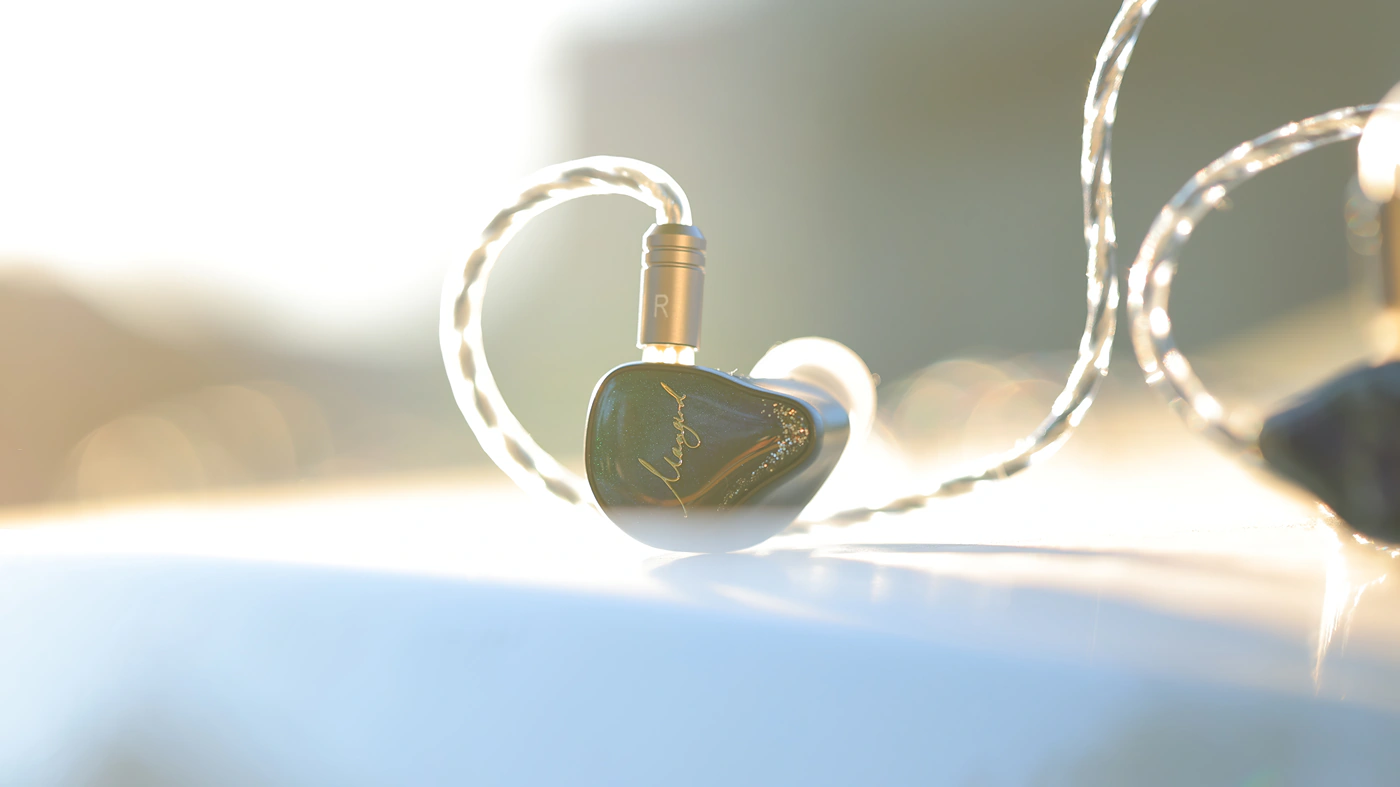
Xenns Mangird Tea PRO vs Questyle NHB12 (359 USD vs 399 USD)
Build – NHB12 comes with a lot of extras, including iPhone enabled cables, as well as its own ear tip style, so you can expect NHB12 to have a slight advantage in fitting, especially as it is much smaller than Tea PRO. In practice they are almost equal, and Tea Pro is made a bit better, with less errors, more even edges, but NHB12 has a simpler design and looks stealthier. NHB12 is easier to drive and more sensitive to source noise.
Sound – NHB12 sounds far more V-Shaped and has a higher level of aggressivity in general, sounding more punchy and more forward, with a stronger impact in the bass, and more sharpness / brightness in the treble. Tea Pro sounds smoother, fuller, richer and has less treble energy, less bass and a more evenly spread, balanced sound. The soundstage of NHB12 projects music laterally more, but offers less depth, while Tea Pro offers a stronger instrument separation, better imaging and much more depth.
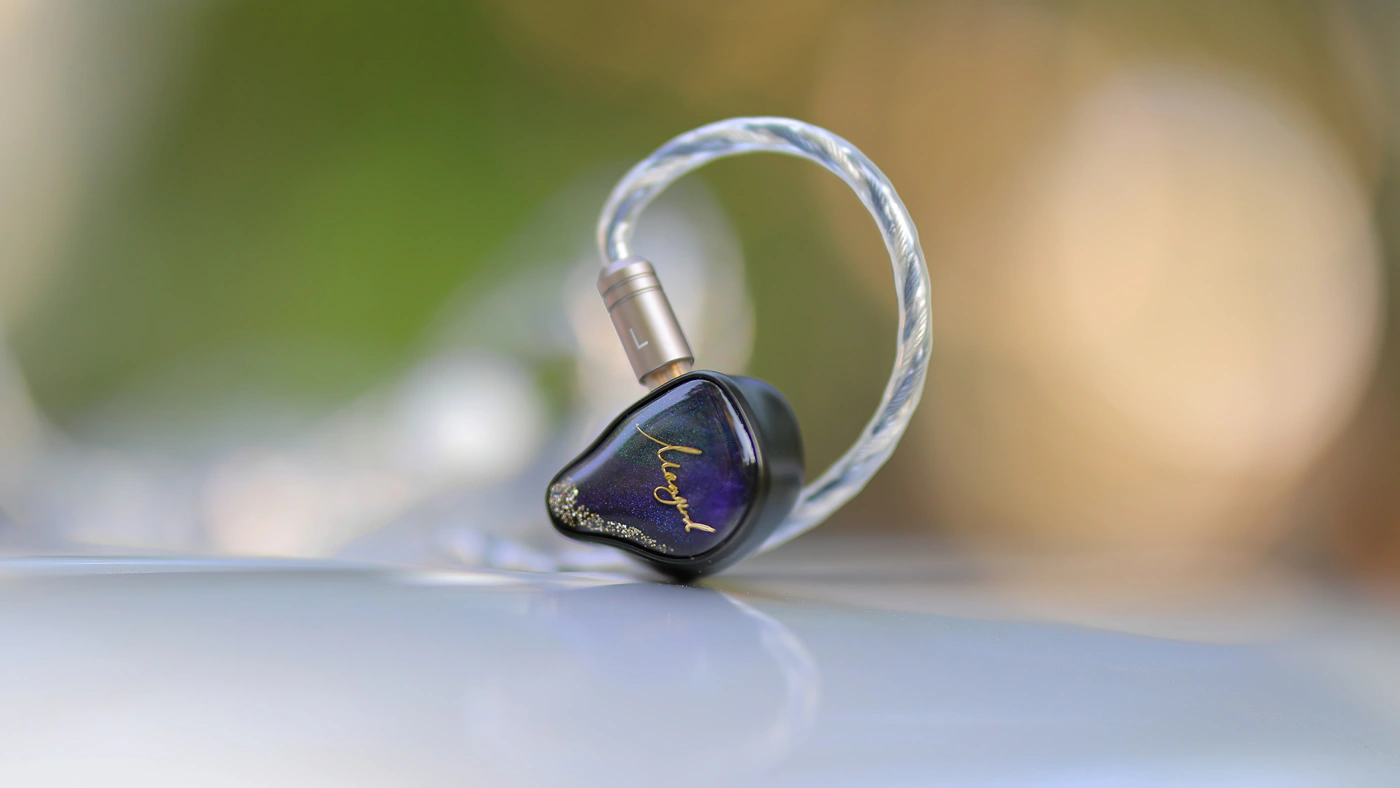
Xenns Mangird Tea PRO vs 7Hz Aurora (359 USD vs 399 USD)
Build – Aurora is a larger IEM with a fully metallic body, although it also does something very interesting with those zebra-like patterns and reflections being one of the prettiest IEMS on the market currently. You get a balanced jack with both, although Aurora is slightly less sensitive to source noise and about as hard to drive as Mangird Tea Pro. Both are free of driver flex, and void, but Aurora goes for a resin inner shell, with a metallic outer shell, while Tea Pro goes for a metallic inner shell combined with a resin faceplate.
Sound – Aurora sounds warmer, fuller and stronger, with a harder impact, harder treble and less smoothness than the Tea PRO, which in contrast sounds smoother, richer and more relaxed / laid back. Aurora sounds more punchy and more dynamic, which can create the impression it has a stronger bass and a sharper treble, but the relative quantities are comparable between Aurora and Tea Pro, with the biggest difference being between the character and impulse response of each. The soundstage of Aurora projects music laterally with more strength and creates more space, while creating about as much depth, while Tea Pro has a slight edge in instrument separation.
Value and Conclusion
At the end of the day, Xenns, Mangird and Linsoul created an IEM that is far more beautiful and better made than the market average, with a pleasing, musical sound, far more balanced and more enjoyable than anything the Xenns company produced before with the Tea PRO finally reaching a presentation I can consider fully universal, punchy and engaging. The whole package is fully worth the price and it includes more extras than most IEMs in the price range, Xenns Mangird Tea PRO being high in the price performance ratio.
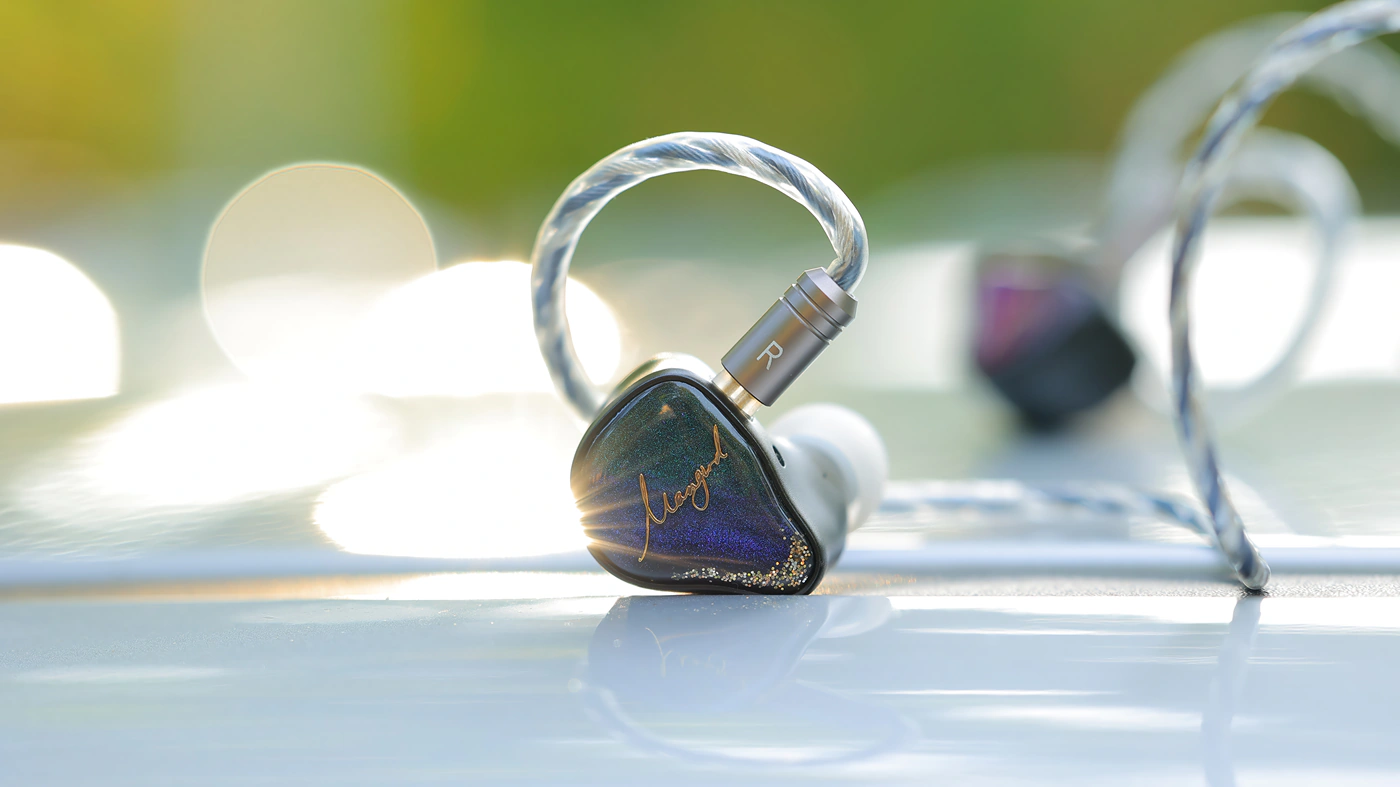
When searching for an IEM that really does the midrange well, we typically gloss over and sacrifice the bass and the treble, but Xenns have proven that it is possible to offer excellence in every department, and Mangird Tea PRO is a testament to performance, offering more of everything, better of everything than all they did before, for only a marginal increase in cost, Xenns Mangird Tea PRO being a fully recommended purchase when shopping for an awesome Chifi Midrange IEM.
Product Link
Amazon – https://amzn.to/4gyomwn
Linsoul – https://www.linsoul.com/products/xenns-mangird-tea-pro?
--- Please remember to stay safe, and always have fun while listening to music!---
- If you have a dime to spare, please donate, and help us! It would make the day brighter for me and my wife-
Full Playlist used for this review
We listened to more songs than those named in this playlist, but those are excellent for identifying a sonic signature. I recommend trying most of the songs from this playlist, especially if you’re searching for new music! The playlists are different for Spotify, Tidal and Youtube, and based on the songs I enjoy and are available on each!
https://www.youtube.com/playlist?list=PL_cjBXGmwSHSdGcwuc_bKbBDGHL4QvYBu
https://open.spotify.com/playlist/5J3oloz8Riy9LxEGenOjQ0?si=979ba4f082414be7
https://tidal.com/browse/playlist/330fd544-8e5b-4839-bd35-676b2edbb3d5
--- Contact Us ---






Hi! How IS compared with Mp145?
Hii, Tea Pro is more detailed, has a better resolution, but a more mid centric sound. Also more comfotable, as MP145 is much larger, and has a simpler sound
Thanks! Im interested but there are tons of iems out there under 500€. I like bass, airier sound and the best resolution as posible.
Great review – thanks! I’ve got the Ikko OH10s (sapphire mirage), which you’ve previously reviewed. How would you say the Mangird Tea Pros compare to them? Would the tea pros be an upgrade in all regards? I really enjoy the bass and soundstage on the OH10s, but find the tuning a bit unnatural (I end up boosting mids in PEQ). Does the bass of the tea pros hold up against the OH10s and how about the soundstage too? Cheers
Hiii, it sounds like Tea Pro is going to bring you all the improvement you are looking for, including increased resolution, similar soundstage, but a more natural midrange, yet with the same powerful bass as OH10s has
Nice one, thanks for coming back on that!